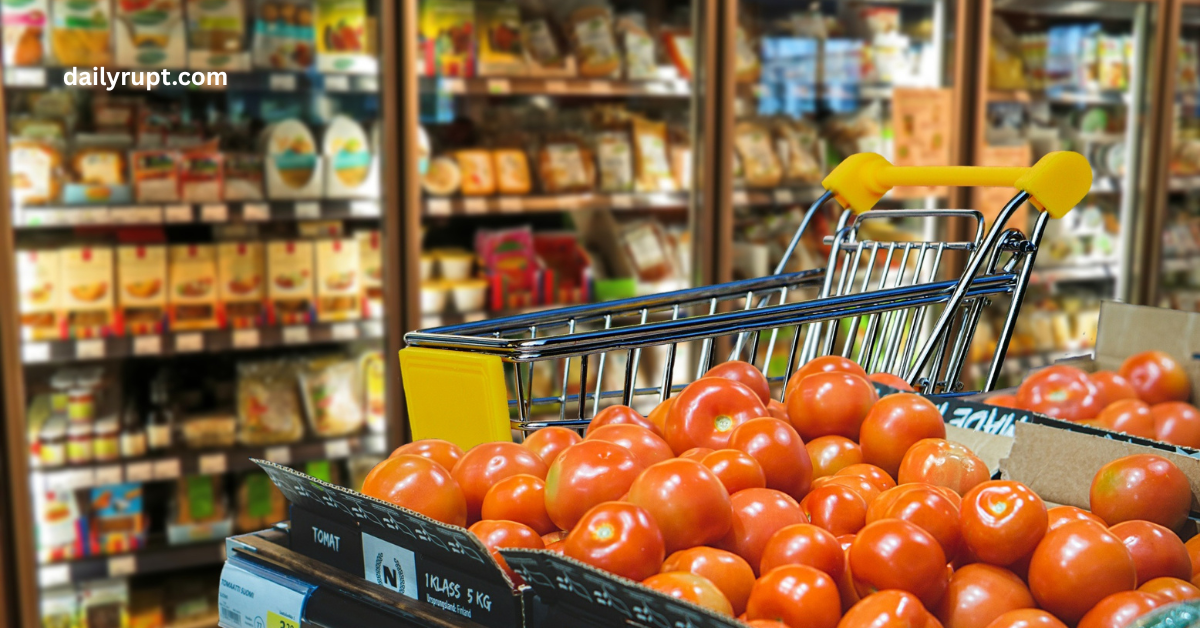If you’ve been to the grocery store lately, you’ve probably noticed the sting of rising prices. Inflation has pushed the cost of food to record highs, making it harder for families to stick to their budgets. But here’s the good news: with a few smart frugal swaps, you can fight back against inflation and cut your grocery bill by as much as $500 a month.
This isn’t about eating bland meals or clipping coupons for hours. Instead, it’s about being strategic, choosing smarter alternatives that save money while still keeping your meals delicious and nutritious.
Why Groceries Hit So Hard During Inflation
Unlike other expenses, groceries are a non-negotiable necessity. Inflation impacts food prices directly because of:
- Supply chain costs (transportation, packaging, labor)
- Climate-related issues (droughts, floods affecting crops)
- Global events (wars and trade restrictions driving up food costs)
Since everyone has to eat, even a small percentage increase at checkout adds up. That’s why finding creative ways to reduce your grocery bill can have such a big impact on your budget.
10 Frugal Swaps to Save $500 a Month
Here’s a practical list of swaps that families across the U.S. and beyond are using to stretch their food dollars without sacrificing quality.
1. Swap Brand Names for Store Brands
- Savings: $100–$150 per month
Store-brand items are often made in the same factories as big-name products, just without the fancy packaging. Try swapping pantry staples like pasta, cereal, and canned goods.
2. Swap Fresh Produce for Frozen
- Savings: $50–$70 per month
Frozen fruits and vegetables are picked at peak ripeness and flash-frozen, locking in nutrients. They last longer, reduce waste, and cost far less than fresh out-of-season produce.
3. Swap Beef for Plant-Based Proteins
- Savings: $75–$100 per month
Red meat prices have skyrocketed. Replace a couple of beef meals per week with lentils, beans, or tofu. A bag of dried lentils costs a fraction of a steak and still provides protein.
4. Swap Individual Portions for Bulk Buys
- Savings: $40–$60 per month
Buying snack packs and single-serve items might be convenient, but you pay more for packaging. Instead, buy in bulk (nuts, rice, oatmeal) and portion them yourself.
5. Swap Bottled Drinks for Tap or Filtered Water
- Savings: $50 per month
Beverages are one of the sneakiest budget busters. Replace bottled sodas, juices, and water with a home filter system. Not only cheaper but healthier, too.
6. Swap Pre-Cut Produce for Whole
- Savings: $30–$50 per month
That pre-chopped pineapple or bag of diced onions? You’re paying a huge premium for convenience. Buy whole produce and cut it yourself, it takes minutes and saves big.
7. Swap Takeout Meals for Batch Cooking
- Savings: $100–$150 per month
Instead of grabbing fast food or takeout, dedicate a few hours on weekends to batch cooking. Make soups, casseroles, or grain bowls and freeze portions for busy nights.
8. Swap Bakery Bread for Homemade or Discount Racks
- Savings: $25–$40 per month
A loaf of fresh bakery bread can run $5–$7. Compare that with $1.50 discount bread, or bake your own for pennies per slice.
9. Swap Convenience Snacks for DIY Versions
- Savings: $30–$50 per month
Granola bars, trail mixes, and chips are marked up unbelievably. Instead, make DIY granola, popcorn, or roasted chickpeas. Healthier and cheaper.
10. Swap Full-Priced Groceries for Discount Stores
- Savings: $75–$100 per month
Explore discount grocers like Aldi or Lidl, or even warehouse clubs like Costco, if you have storage space. You’ll often save 20–30% compared to traditional supermarkets.
How These Swaps Add Up
If you implement even half of these swaps, you could realistically save $250–$300 a month. Go all in, and it’s possible to reach $500+ in monthly savings, that is $6,000 a year back in your pocket.
Bonus Tips for Extra Savings
- Meal plan weekly to avoid impulse buys.
- Shop with a list and stick to it.
- Check unit prices to compare value across brands and sizes.
- Use cashback apps for additional rewards.
Helpful Resource
For more ways to manage grocery spending, see USDA’s Food Plans & Cost of Food Reports, a reliable, high-authority source.
Final Thoughts
Inflation doesn’t have to drain your wallet every time you shop. By making smart, frugal swaps like choosing store brands, buying in bulk, cooking at home, and using frozen produce, you can cut hundreds from your monthly grocery bill without sacrificing taste or nutrition.
Remember: small changes add up to big savings. With the right strategy, you can inflation-proof your grocery bill and redirect that extra cash toward debt repayment, savings, or fun experiences that actually matter.
Must Read > Stop Wasting Money: The Ultimate Guide to Crushing High-Interest Debt First









